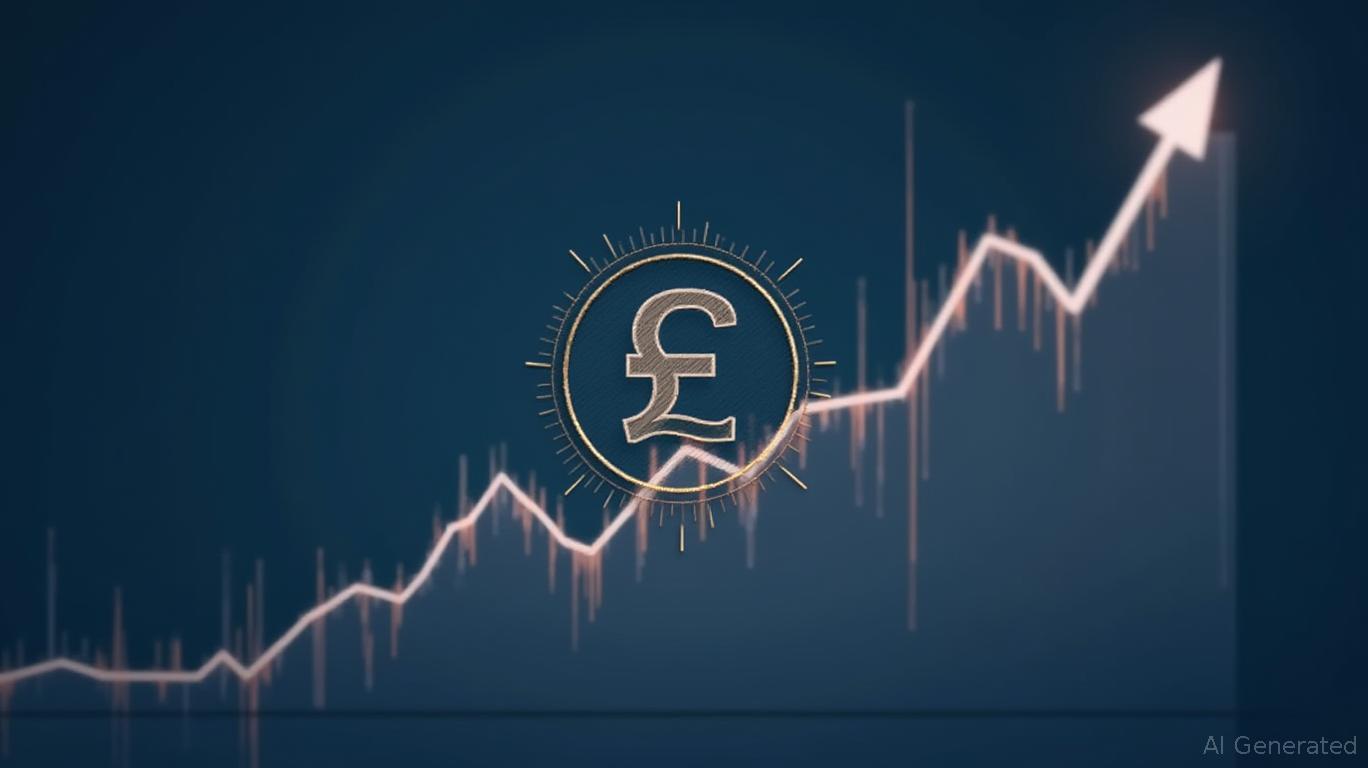XHY's CAD 0.084 Dividend: A Steady Yield Anchor in a Volatile Rate Environment
The iShares U.S. High Yield Bond Index ETF (CAD-Hedged) (XHY) has declared its June 2025 dividend of CAD 0.084 per unit, payable on June 30 to unitholders of record as of June 25. This small but consistent payout underscores the ETF's role as a tool for Canadian investors seeking income stability and currency protection in an era of high and uncertain interest rates.
The Case for Fixed Income ETFs in a High-Rate World
Central banks' prolonged tightening cycle has left traditional fixed-income investors in a bind. Government bonds, once the bedrock of conservative portfolios, now offer yields that barely outpace inflation. For example, the Canadian 10-year bond yield hovers around 3.8%, while inflation remains near 3.5% (as of June 2025). Meanwhile, the Bank of Canada's policy rate, at 4.75%, signals no imminent retreat from restrictive monetary policy.

In this environment, high-yield bond ETFs like XHY offer a pragmatic alternative. They provide yield premiums (the June dividend implies a forward yield of 6.12%) while offering monthly distributions that align with cash flow needs. For Canadian investors, the CAD-hedged
adds a critical layer of currency stability, shielding portfolios from the volatility of the U.S. dollar.Why CAD Hedging Matters Now
The Canadian dollar has been on a rollercoaster in 2025, fluctuating between 75–80 cents USD due to diverging monetary policies and commodity price swings. Without hedging, a drop in the USD/CAD exchange rate would erode returns for Canadian holders of unhedged U.S. bond funds. For instance, a 10% decline in the USD versus CAD would reduce the value of unhedged U.S. bonds by roughly 10%, negating much of their yield advantage.
XHY's hedging mechanism neutralizes this risk, making it a buffer against currency whiplash. This is particularly valuable for retirees or income-focused portfolios, where principal preservation is paramount.
Risks and Realities of High-Yield Bonds
Of course, XHY is not without risks. High-yield bonds are inherently tied to credit risk—if U.S. corporate defaults rise, the ETF's distributions could shrink. The average dividend growth rate of 0.29% over three years highlights the lack of meaningful growth potential in this asset class.
Moreover, rising rates can pressure bond prices. The duration of XHY's holdings (approximately 4 years) means its net asset value (NAV) could dip if yields climb further. Investors must balance the income stream against this price sensitivity.
The Investment Case for XHY
Despite these risks, XHY remains a useful portfolio tool for Canadian investors seeking:
1. Predictable cash flow: Monthly dividends provide steady income, even if the amounts fluctuate slightly (historically between CAD 0.084–0.085).
2. Currency insulation: The CAD-hedged structure eliminates FX volatility, a critical advantage in a time of dollar uncertainty.
3. Yield differentiation: At 6.12%, XHY's forward yield outpaces most Canadian bond ETFs, such as XBB (4.5%) or ZAG (3.9%).
When to Use XHY—and When to Stay Away
Use XHY if:
- You prioritize income stability over capital growth.
- You want exposure to U.S. high-yield bonds without FX risk.
- You're willing to accept the credit risk inherent in lower-rated corporate debt.
Avoid XHY if:
- You need capital preservation in a rising-rate environment.
- You seek dividend growth; XHY's payouts are stagnant.
- You prefer government-backed securities over corporate bonds.
Final Thoughts
In an era where traditional fixed income offers little comfort, XHY fills a niche for Canadian investors seeking yield without currency exposure. Its CAD 0.084 dividend is modest but reliable, and its hedging mechanism offers a shield against FX volatility. While not a growth vehicle, it serves as a foundation for income portfolios—provided investors understand and accept its risks.
As always, diversification is key. Pair XHY with short-duration Canadian bonds or global dividend ETFs to balance yield, risk, and currency exposure. In a high-rate world, such precision is the hallmark of prudent investing.

Comments
No comments yet